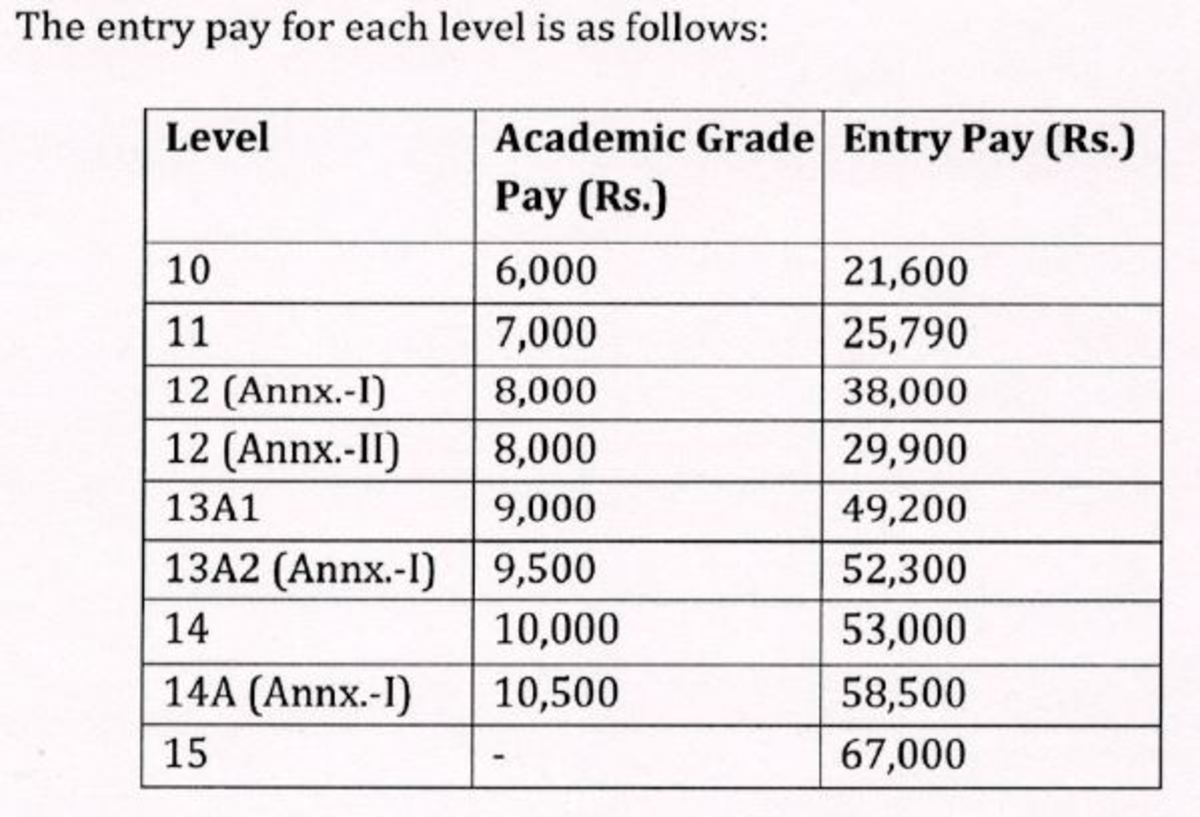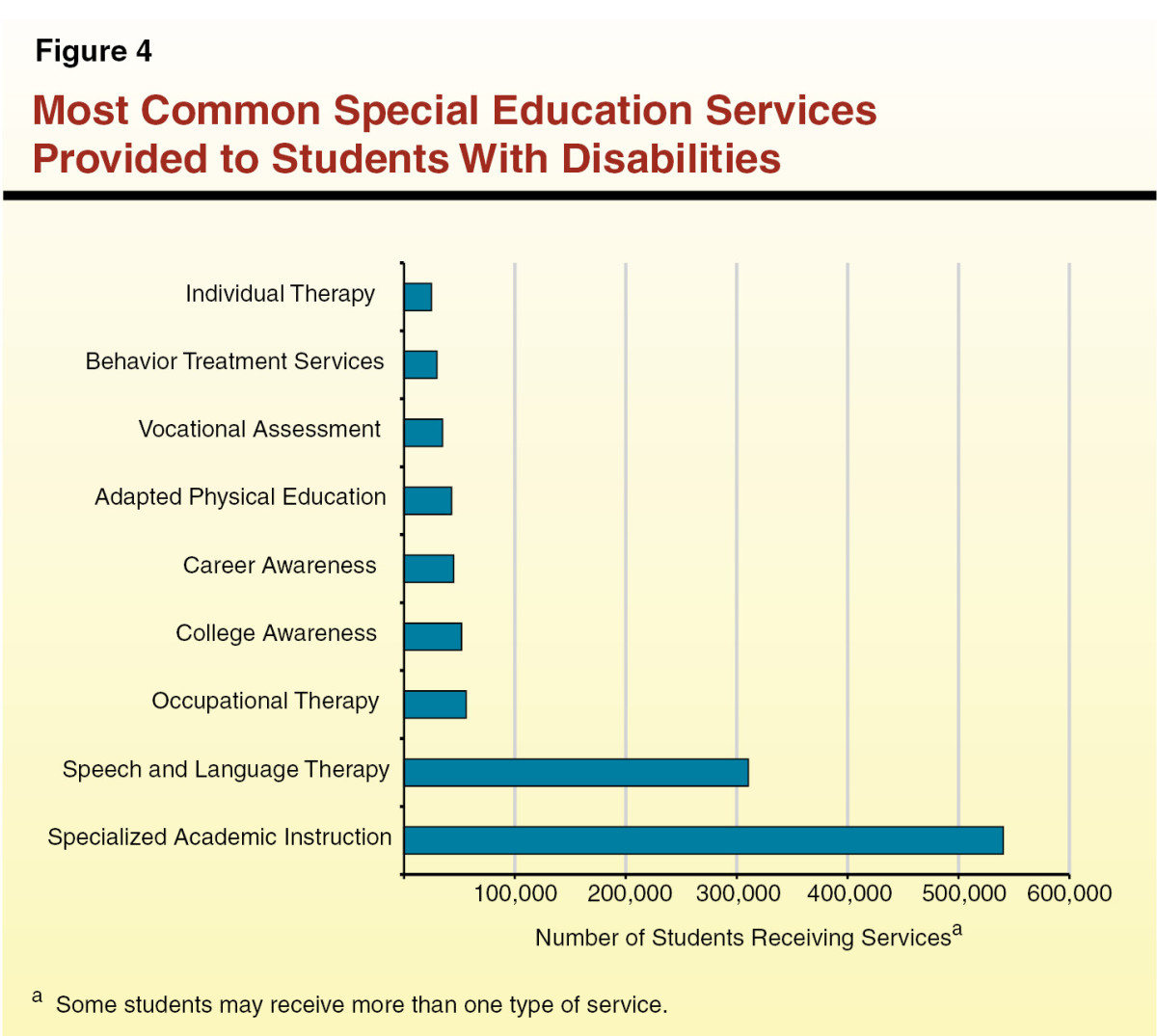ESL Speaking Assessment

Since Speaking is a communicative and academic skill, one of the most important responsibilities of any teacher working with ESL learners is to enable students to communicate effectively through oral language. This is frequently achieved by implementing collaborative work among students that is pair and group activities.
- Speakers need to pronounce sounds in a clear way, they also need to understand the functions of language and follow the conventions of turn-taking.
- Speakers must learn how to select the right vocabulary that is connotations, level of formality, genre, etc.. Also, they must show they can use grammar structures to put clauses and sentences together, besides, the use of linking words and features of discurse is also a plus.
- Speakers should be able to manage paralinguistic devices such as non-verbal tools, body language, changes in volumen, etc.
- Speakers should also know when their language is related to social meaning: formal/informal, how polite or direct they may sound, how to start, manage, maintain and close conversations.
According to J. Michael O’Malley and Lorraine Valdez, oral language can be assessed for a communicative or academic purpose. Communicative refers to conversational skills, face-to-face interaction, gestures, facial expressions and intonation. Meaning is negotiated and is always supported by contextual cues. Academic is more context - reduced, meaning that little information is provided by the speaker, but based on lectures or textbooks. It is also more cognitively – demanding for adding new information and new language items according to learners’ language level. Therefore, reaching Academic Language Proficiency implies the ability to make complex meanings explicit in oral language by means of language itself, not by gestures and intonation.
Communicative language functions include greetings, requesting and providing information, description of places and people, and expressing feelings. On the other side, academic language functions are critical for success in grade-level classsrooms [Cummins]. They include describing, explaining, informing, comparing, debating, persuading, evaluating, etc.
Porter and Roberts emphasize the fact that students must be assessed orally focusing on their ability to interpret and convey meaning for authentic purposes in interactive contexts, including fluency and accuracy. That is why teachers should provide enough practice in class, as well as assessment tasks whicht are as authentic as possible. For example:
- Using authentic language in listening /speaking activities
- Setting real - world tasks: listening selectively, describing, giving directions, giving opinions, etc.
- Giving students opportunities to use language in every day life situations.
STEPS FOR ORAL LANGUAGE ASSESSMENT
The main steps for oral language assessment are: identifying purpose, planning for assessment, developing rubrics and scoring procedures, and setting standards.
a. Identifying purpose
The three most common purposes are:
- For initial placement of students who need a language –based program (ESL)
- For moving from one level to another (beginners, intermediate or adavanced)
- For placing out of an ESL program to a grade-level classroom.
b. Planning for assessment
It requires identifying the instructional activities used so that there is a link between instruction and assessment. It is important to outline the major instructional goals and match them to learning activities or performance tasks.
Teachers must determine if the assessment will be individually, students pairs, or groups, the rubric to be used, etc.
The teacher has to decide if assessment will be recorded. It could be interesting to have evidence of students production to make some improvement after analysis. Underhill supports this idea, he believes that assessing different kinds of performances gives the teacher valuable feedback on students needs and allows him to focus instructional goals accordingly. Recording oral performance provides some options:
- Rating the performance at a later time
- Getting a second rater to rate the performance
- Asking students to do self-assessment
- Enabling the students to look back at their progress over time
Finally it is also important to decide when and how the teacher will provide learners with feedback. A good option is to provide students by ratings on a scoring rubric with comments that enable students to prepare for next evaluation.
c. Developing Scoring procedures
Setting criteria is the most challenging part of assessment. If we do not apply criteria or standards of performance, the process is only a set of instructional activities.
Criterion can be established by focusing on goals and objectives of classroom instruction.
Criterion levels of performance can be set on a scoring rubric, rating scale, or checklist.
After checking what the teacher wants or needs to assess, the rubric could include some features such as:
- Communicative effect
- Grammar
- Pronunciation
- Comprehensibility
For example, beginners should be rated for communicative effect being gramar less important in the scale. Rubrics in general should highlight what students can do rather than what they can not do.
Writers Bachman and Palmer suggest the following options to assess oral activities:
- Oral Interviews
- Picture-cued descriptions or stories
- Radio-broadcasts
- Video –clips
- Information-gap tasks
- Story –text retellings
- Improvisations, Role Plays, simulations
- Oral Reports
- Debates









